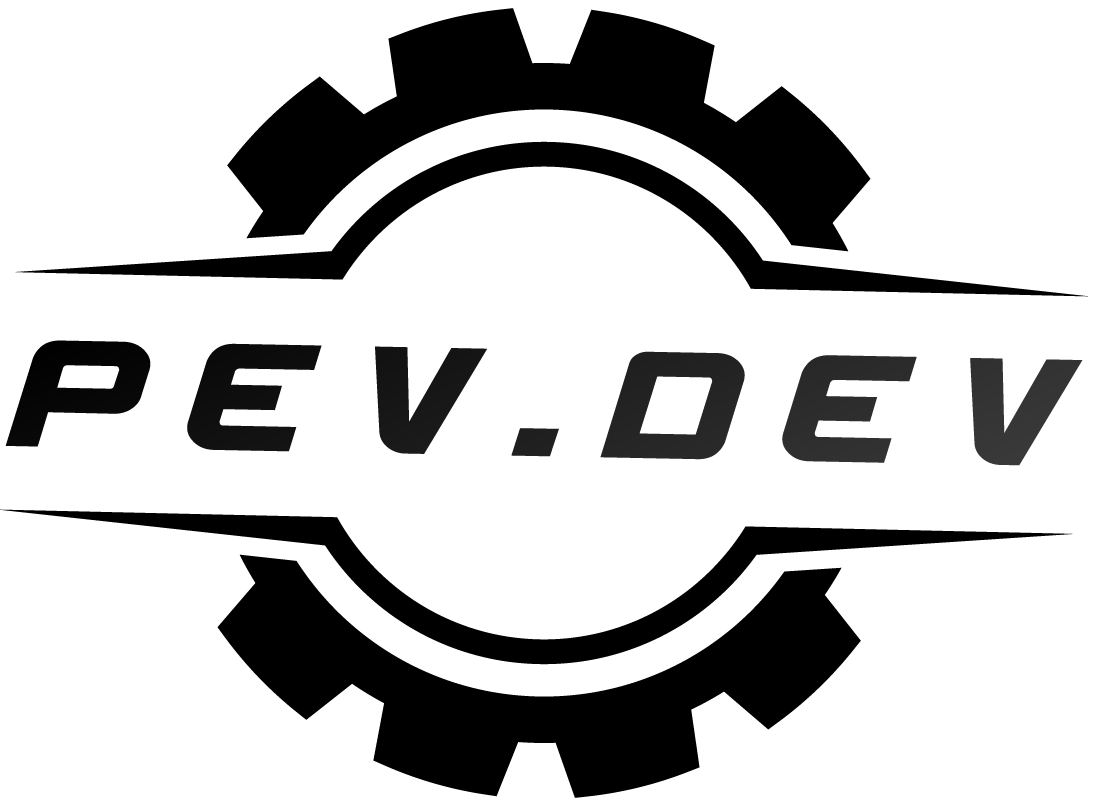Anyone with any experience using VESC controllers with DD hub motors please advise!
I am building a custom ebike with a 1500w direct drive hub motor. Before the flipsky 75100 that I am currently using, I had a Kelly KLS-S 48v controller on it. Specs on that were are sinewave FOC, 50amp cont. 120amp burst, 48v.
My issue is that the Kelly controller had way better acceleration and torque from 0 to about 20mph, when compared to the flipsky 75100.
I have done the phase angle calibration several times over and played around with a lot of the different settings in the app but nothing seems to affect the bottom end acceleration. It has a bit higher top speed than the Kelly (with the same 48v battery), my guess there is something to do with flux weaking, but it doesn't get up and go and I'm looking for more acceleration, more punch. (to anyone that says that can't be achieved with a DD hub motor on a 29in wheel I assure you it's not the case. I've had ample acceleration both with the Kelly and the square wave chinese controllers.)
I checked for resistance and heat along all the wires and have eliminated that variable. 8-12g wire wherever possible, shortest phase wires possible. I'm an experienced battery builder so the power source can certainly supply more than the motor can accept which is around 40 amps cont. 80+amps peak. from the battery data I gathered from the smart BMS while running the Kelly Controller it rarely got above 60 amps and was averaging closer to 35 amps. Motor rarely got hot. top speed was around 31 mph. yet it had great acceleration, never studdered, was always smooth off the line.
My guess is that it is something in the VESC app settings. I have cranked the amperage settings up even to 100, for both battery and motor to little effect. When you run the phase angle tuning there's even a selection for DD ebike hub motors that I used that pre sets all the motor and FOC settings...
If it's not the VESC setings, the only other thing I can think of is that the 75100 vesc, being a 72v controller with components rated for 100v isn't all that happy with the lower 48v input voltage. But that's just a wild guess and I think it's probably something in the FOC settings.
Could anyone provide any wisdom on the matter? It would be greatly appreciated.
FOC SETTINGS
zero vector frequency 25 kHz
Openloop ERPM 300
Motor Resistance 66.0 mO
Motor Inductance 74.35
Motor Flux Linkage 24.965 mWh
Current KP 0.0744
Current KI 65.97
I am building a custom ebike with a 1500w direct drive hub motor. Before the flipsky 75100 that I am currently using, I had a Kelly KLS-S 48v controller on it. Specs on that were are sinewave FOC, 50amp cont. 120amp burst, 48v.
My issue is that the Kelly controller had way better acceleration and torque from 0 to about 20mph, when compared to the flipsky 75100.
I have done the phase angle calibration several times over and played around with a lot of the different settings in the app but nothing seems to affect the bottom end acceleration. It has a bit higher top speed than the Kelly (with the same 48v battery), my guess there is something to do with flux weaking, but it doesn't get up and go and I'm looking for more acceleration, more punch. (to anyone that says that can't be achieved with a DD hub motor on a 29in wheel I assure you it's not the case. I've had ample acceleration both with the Kelly and the square wave chinese controllers.)
I checked for resistance and heat along all the wires and have eliminated that variable. 8-12g wire wherever possible, shortest phase wires possible. I'm an experienced battery builder so the power source can certainly supply more than the motor can accept which is around 40 amps cont. 80+amps peak. from the battery data I gathered from the smart BMS while running the Kelly Controller it rarely got above 60 amps and was averaging closer to 35 amps. Motor rarely got hot. top speed was around 31 mph. yet it had great acceleration, never studdered, was always smooth off the line.
My guess is that it is something in the VESC app settings. I have cranked the amperage settings up even to 100, for both battery and motor to little effect. When you run the phase angle tuning there's even a selection for DD ebike hub motors that I used that pre sets all the motor and FOC settings...
If it's not the VESC setings, the only other thing I can think of is that the 75100 vesc, being a 72v controller with components rated for 100v isn't all that happy with the lower 48v input voltage. But that's just a wild guess and I think it's probably something in the FOC settings.
Could anyone provide any wisdom on the matter? It would be greatly appreciated.
FOC SETTINGS
zero vector frequency 25 kHz
Openloop ERPM 300
Motor Resistance 66.0 mO
Motor Inductance 74.35
Motor Flux Linkage 24.965 mWh
Current KP 0.0744
Current KI 65.97



